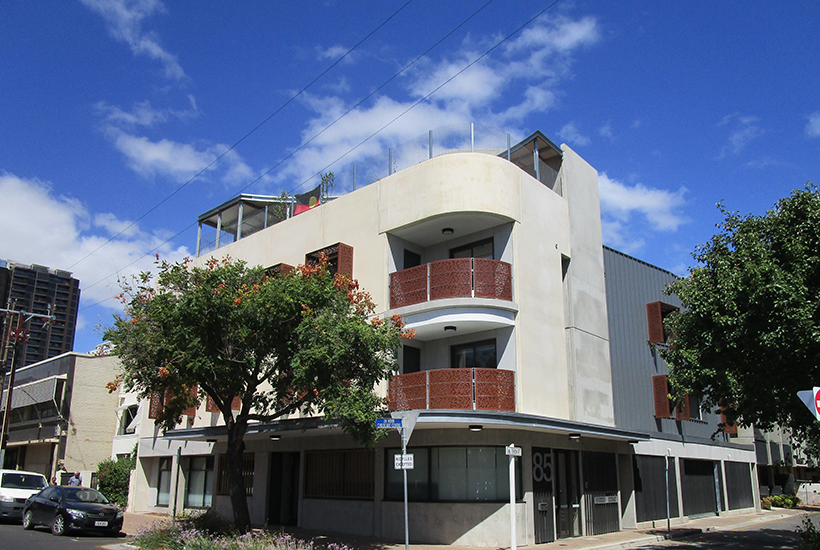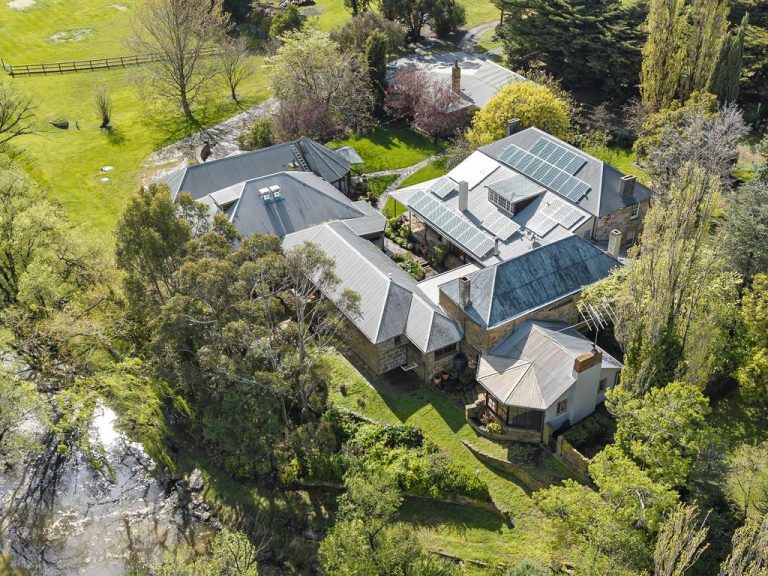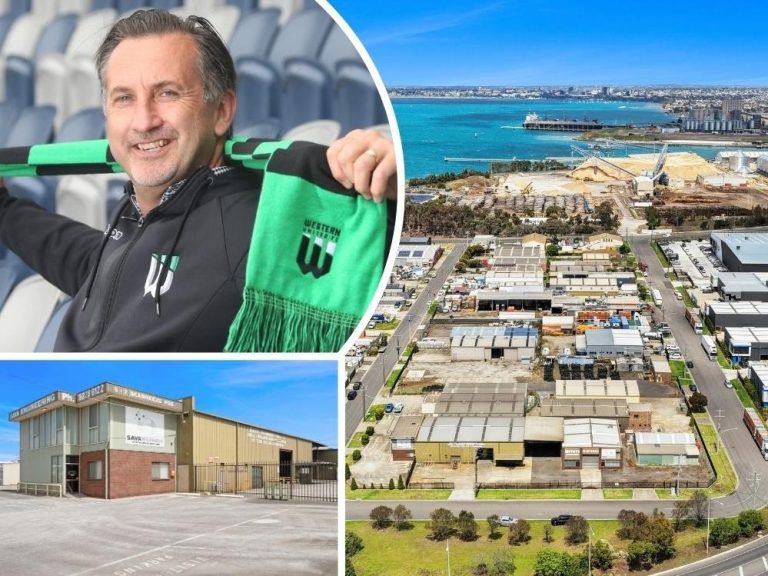Landmark initiative a model for Indigenous student housing in Australia

A new Indigenous student accommodation building in Adelaide could become a model for retaining students from remote and regional Australia in higher education.
Tika Tirka, which in the Kaurna language means ‘sit or stay and learn’ is located in Gilbert Street and provides accommodation for up to 21 indigenous students.
Built in 2019 and opened last year during the pandemic, the project was jointly funded by the Federal and South Australian governments. It aims to give Indigenous students an affordable, culturally appropriate environment to live in while they study in Adelaide.
The multistorey building has three separate wings that feed into a central courtyard along with a rooftop entertaining space, a ground floor bike room, common rooms, a large kitchen and there are also study spaces dotted throughout.

The courtyard at Tika Tirka connects the communal spaces. Picture: CHL
Ngarrindjeri Nurrunga man Michael Cullen, who is one of the 16 students currently living at Tika Tirka says the building’s communal spaces and thoughtful design help students adapt to life away from home.
“Even though it’s the first of it’s kind, a lot of thought has gone into actually preparing this building to help Indigenous people coming from the land primarily to feel safe and learn certain habits and be fully functional in more of a Western society,” Mr Cullen said.
Mr Cullen is also the night manager at Tika Tirka and is currently studying for a Bachelor of Psychological Science at the University of Adelaide.

There’s a BBQ and study nooks on the rooftop terrace. Picture: CHL
He said that a significant proportion of indigenous students in higher education drop out in the first year compared to non-Indigenous students and places like Tika Tirka, where students can form their own communities can help reverse that trend.
“Everyone is on the same page and focused on what they want to do and bring back to their communities,” he said.
“If we go outside and into town and feel overwhelmed there’s a space to go back to and recharge.”

One of the common spaces. Picture: CHL
There’s a youth worker who is available to students onsite throughout the day to support the development of independent living skills and keep students connected to services offered by their own universities.
Mr Cullen said the support on offer, recently take over by Aboriginal Community Housing Ltd, is individualised and living at Tika Tirka is more affordable for most students.
“I have heard that other student accommodation services are very expensive and will take most of your [study] benefits and leave you with about $50-$100, and they’ll serve you food but it’s not the best food,” he said.
Michael Pilkington, director at Phillips/Pilkington Architects, who was the lead architect said the project “architecturally had everything going for it.”
“I mean you don’t get Indigenous tertiary colleges in the middle of the city that often. It had great credentials,” he said.

A look at the kitchen. Picture: CHL
Mr Pilkington, whose company won the tender to design Tika Tirka, hopes the $4.5 million building will become a prototype that will be built in other Australian cities.
“If you said we’ll do five of these across Australia, you’d be up for $30 million. In the big picture of our economy it’s nothing and yet it would make such a huge difference to Indigenous outcomes in education.”
Mr Pilkington said the Indigenous elders, who were consulted about the project before the design work began, wanted the building to blend into its urban environment and not stand out in any way.
“So the interior became the place where the cultural material was displayed and that kind of thing,” he said.
“The other key thing was making sure north sun got into all the bedrooms.”







